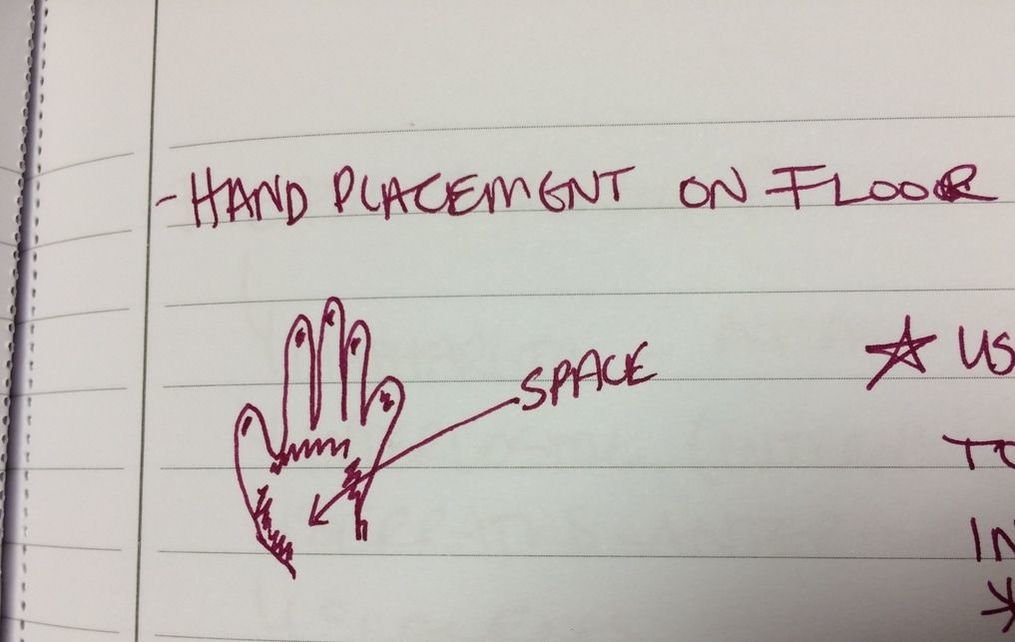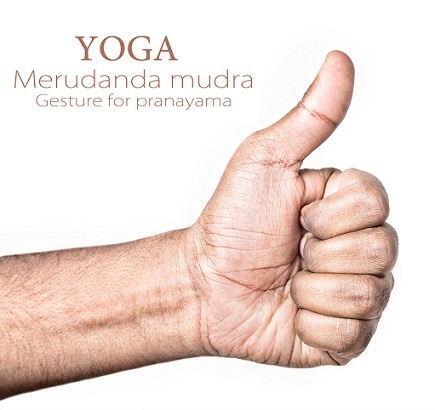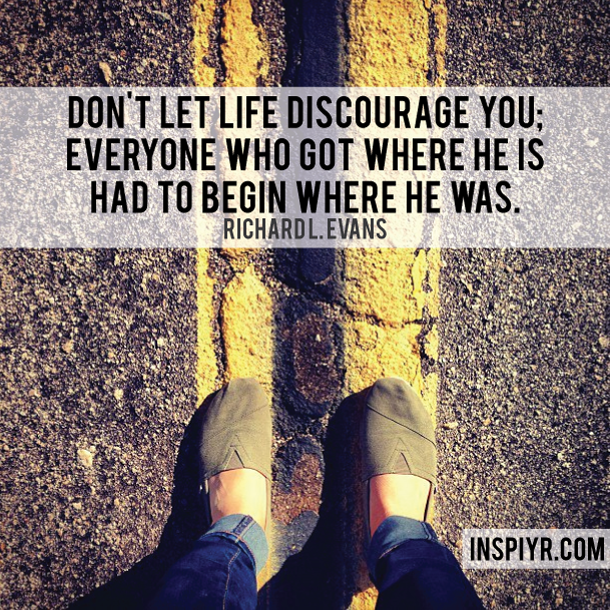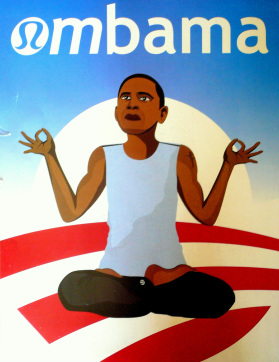|
Another excellent session with senior teacher, Paula Carnegie Fehr, from Red Deer this weekend. Focusing on all things anatomy and yoga. This workshop’s primary focus was on the skeletal and muscular systems. The handy skeleton was working overtime as we all poked and prodded, twisted and turned, and moved the bones every which way to see how yoga asanas would work. I have been loving the use of the words stability and mobility. It amazes me that the knowledge I already have is coming alive in a yoga scenario. What parts of the body allow for stability? And what parts of the body allow for mobility? It is easy to make these reflections outside of a lab and on the floor of a yoga studio. The skeletal system is HUGE for yoga. Yes, you’d think the muscles are paramount, but with this weekend’s practice it has become more clear to the intricacies of alignment via the skeleton. Dare I say, the skeletal system is what makes yoga asanas happen. Here are some of my light bulb moments from my yoga anatomy work… I’d always recognized the importance of foundation. I’ve been working on mine for years. However, I believe there is always something to be learned on how we are placed on our mat. Two specific areas of the skeletal system that, let’s be honest, don’t always get my attention - the hands and feet - are so intimately linked to a good foundation. 1. Feet We played with multiple ways the feet hold us up in space, from a standing to a lying position. Initially, we worked on the foot placement during a forward fold. I can fully admit that the practice of tadasana at my last workshop shook me a bit. My partners watched as my left foot supinated and literally my left big toe didn’t even touch the floor. Exciting insight! I took this to my tadasana today to only watch how things change with the feet facing outward, inward or in neutral position by rotating the thigh at the hip. On self reflection, I soon realized that if I want length through my sacralillio (SI) joint, I am better to position my my thighs slighted rotated outward (laterally) or in a neutral position. The length across my back was so welcomed. How did I know? We palpated the SI joint with our thumbs (thumbs up anyone?) and felt as the joint moved and flatted between the two ilium bones. The second way the feet played into my foundation today was in table top position (Bharmanasana). I had been conscious in the past about pressing the “shoelace” side of my foot down into the floor but never took the time to feel what actually was happening. Looks can be deceiving. What looked easy was tremendous effort into my hips. I had no idea that by pushing my feet down, it helped activate my hip abductors and it too helped to lengthen through the SI joint. My SI joint loves me! 2. Hands Now talk about the neglected and well worked part of the skeletal system! How often do I work to take care of my hands? Dare I say never. The work we did was extremely valuable as I think it can be said that the hands are crucial to asana foundation but never really considered. At least not in my body! Yes, I’ve thought about pressing my “finger prints” into the mat from time to time but always struggled with getting my thumb down (thumbs up again!). We tried a basic flat hand approach to placement, which to be honest, was quite uncomfortable. Then Paula suggested tenting our hands slightly and slowly placing only the outside edges of our hands on the floor. Soon I realized that in fact, this was something I never considered. By doing so, the middle of the hand stays ever so slightly lifted off the ground. The lift protects the flexed wrist but provides a super stable foundation. Who knew?
Clearly, not me. Now to the thumb. I asked Paula about my thumb. I was demonstrating something fairly different with my hand than my fellow yogis. Since she was aware of my anatomy knowledge, she simply said, contract your thenar (thumb) muscle. And like magic, my body did what I asked and my thumb flattened (mostly) to the floor. Awareness and intention are powerful things! All in all, the thumbs showed up multiple times during practice so I would be remiss if I didn’t give them an additional shout out. After our lunch break, Paula led us through a meditation with mudras. What showed up? A thumbs up. We placed our hands in a thumbs up position and sat with our hands on our thighs. One fellow teacher wanna-be even reflected that the position just felt good and that things were “all good”. We proceeded to supinate our hands so that the thumbs faced outwards. This opened the chest and I thought it was a time to dump out what I don’t need. To follow, we pronated our hands and the thumbs landed inwards where I felt a charge of energy. This energy flowed between my thumbs…can’t explain that one! The “thumbs up” mudras, similar to shiva linga is known for energy charging. Maybe there is something to the energy I felt through the two thumbs! But more like merudanda mudra, a mudra focusing on breath.Much more to learn about the mudras! All in all, I’d give this workshop a thumbs up, literally, LW
0 Comments
It has begun!
My formal yoga teacher training has started. The first of 16 modules over the next two years was this past weekend. What a whirlwind of information and excitement to begin. From mudras to chants to highlighting the first yoga asanas. Yes - there are three fundamental seated asanas. Who knew?! Now I do! Where to begin? What to say? Here is a Coles notes summary of my take always: 1. Chanting. Say what? Yes, chanting. This was very new to me. It hasn't been part of my regular practice but I am aware and have listened to Krishna Das in the past. Incorporating sound in practice, beyond the a teachers' voice, was a soothing and calming part of practice. Almost felt like church, but not really. We started the workshop with the Teacher-Student Chant/Mantra, which was so lovely. It heightened the senses and really settled the mind. Totally new to me, as I said, but lucky that another teacher-to-be asked to go over it in more detail. We practiced together multiple times.... Needless to say, I will need more time with this! 2. History. I've been craving an explanation of history for a while now. Now this was no University level history class but it did fill in some of the gaps in my mind. Interestingly enough, yoga has Aryan roots from the Indus Valley Civilization. It didn't reach India until later (I had always thought that is where yoga began!) The modern practice of yoga comes from the Himalayas and has been passed down from sages to aspiring teachers. To put in a sequential order for me, it goes from Vedic era to pre-classical to Classical to Modern (post 1893). Asana practice has only been over the past couple of hundred years! 3. Major Texts. One of the major texts of yoga is Hatha Yoga Pradipika. In this text, only 84 poses existed. Of those, three are seated poses. We covered Siddhasana (accomplished pose; sage pose), Simhasana (lion pose) and Badda Konasana (bound angle pose; cobblers pose). Funny enough, Simhasana was the one asana I volunteered to teach. Not many participants had done it before and since I had, I felt confident that I could explain it. It went well as my first try at teaching. I concentrated hard to keep my words succinct and calm, which is a bit different from teaching exercise classes. A great chance to try it! 4. We covered another handful or so of poses, mudras and pranayama. Much more than I can add into one blog post. But very important information to absorb and reflect back on (so much so that I purchased three books off Amazon the next day!) My intention and hope is to continue to blog my highlights from all and every training I will be doing over the next couple years. Nothing like stopping and reflecting and writing about ones learning. Anything I may get wrong, or you know about, PLEASE comment below! I know I say this often but it is so true...so much more to learn! LW Over the years, I've be instructed to place my hands in certain ways during practice. The most notable is Anjali Mudra (Salutation Seal, sometimes called Prayer Position) or namaste position. Yet, other, less popular, so to speak, hand yoga poses exist. During this week's practice, I was reminded of another fairly common yoga hand pose. Placing the thumb and pointer/index finger together, the hands form what is similar to an a-OKAY sign except the two finger pads are pressing together (rather than the nail and thumb pad) and the palms are facing up. It got me thinking more about what hand yoga is all about and thus, went searching for more... Mudras, is actual term used for hand yoga. I've heard the term many times before but never connected it to the hand positions. "Mudra (hand gesture) is a method of citta-bhavana, or cultivating a specific state of mind. There are dozens of mudras, and each represents a certain quality, such as compassion, courage, or wisdom. It is believed that, by practicing mudra, you awaken the seeds of these states within you." The specific mudra I stated above is called Gyana Mudra and it is believed to be the psychic gesture of knowledge.
I find when I practice this position, I feel an opening or a rush of energy (or air flow) from my straight fingers up my forearms. Weird? Maybe. But more intriguing to me than any thing else. According to one source, Gyan Mudra stimulates the root chakra and eases tension and depression. It also allows for expansion and knowledge whereby it calms and brings spiritual openness and ease in meditation. Interestingly, the feeling I get with this mudra may just relate to the air element. Based on Ayurveda, this mudra boosts the air element and stimulates the brain, empowering the mind, nervous system and pituitary gland. Who knows if this is the case, but a logical explanation! With so many mudras ( and not just with the hands), I have many to explore and many to research for future posts! More and more interesting parts of yoga keep unfolding, LW |
Aspiring Yoga TeacherI've practiced yoga since I was a pre-teen and have always found it to keep me centered. I will be a teacher one day and this is my journey to discover teaching and practice. Archives
April 2019
Categories
All
|
Edmonton, Alberta




 RSS Feed
RSS Feed